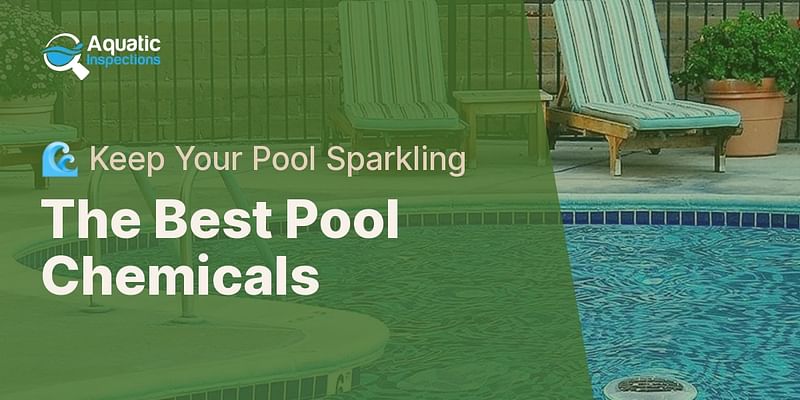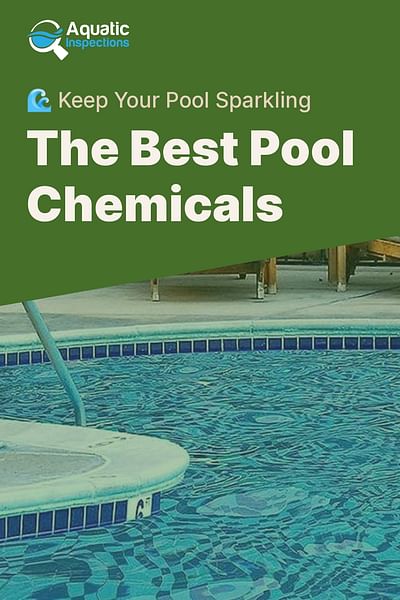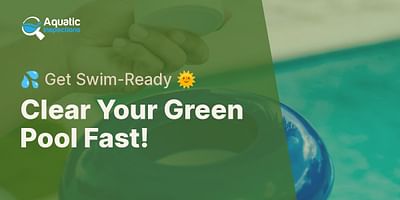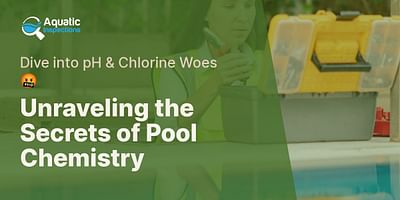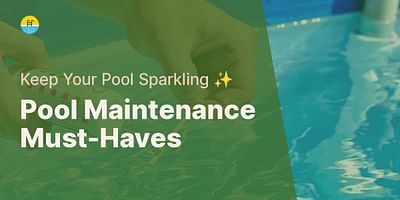Michele Walker is a seasoned professional in water quality management, holding an extensive background in environmental science. Her passion lies in creating secure and healthy aquatic environments for every user. Michele is highly respected for her in-depth water testing procedures and unwavering commitment to environmental conservation.
Maintaining the chemical balance of your swimming pool is crucial for ensuring a safe and healthy swimming environment. There are several key chemicals you'll need to use regularly to keep your pool in top condition. Let's dive into the details!
Chlorine: Chlorine is the most important chemical for pool maintenance as it kills bacteria and prevents algae growth. You can use either liquid chlorine, chlorine tablets, or granular chlorine. The amount of chlorine you need to add depends on the size of your pool and the chlorine levels. As a general rule, you should aim to maintain a chlorine level of 1-3 parts per million (ppm). Test your water regularly using a pool test kit to determine the appropriate amount of chlorine to add.
pH Adjusters: pH is a measure of how acidic or basic the water is. The ideal pH range for a swimming pool is between 7.2 and 7.8. If the pH is too high, you'll need to add a pH reducer (such as muriatic acid) to bring it down. If the pH is too low, you'll need to add a pH increaser (such as soda ash) to raise it. Test your pH levels regularly and make adjustments as needed.
Alkalinity Adjusters: Total alkalinity helps stabilize the pH levels in your pool. The ideal range for alkalinity is between 80 and 120 ppm. If the alkalinity is too low, you can add sodium bicarbonate (baking soda) to raise it. If the alkalinity is too high, you can add muriatic acid to lower it. Test your alkalinity levels regularly and make adjustments as needed.
Cyanuric Acid (CYA): Cyanuric acid helps protect chlorine from being broken down by the sun's UV rays. It acts as a sunscreen for chlorine. The recommended CYA level is between 30 and 50 ppm for outdoor pools. If the CYA level is too low, you can add stabilizer (CYA) to increase it. If the CYA level is too high, you may need to partially drain and refill your pool to lower it.
Calcium Hardness: Calcium hardness refers to the amount of dissolved calcium in the water. The ideal range for calcium hardness is between 200 and 400 ppm. If the calcium hardness is too low, you can add calcium chloride to increase it. If the calcium hardness is too high, you may need to partially drain and refill your pool to lower it.
Shock Treatment: Shocking your pool is an important step in pool maintenance. It helps to eliminate contaminants and restore chlorine levels. Shock treatment should be done on a weekly basis or after heavy pool usage. Follow the manufacturer's instructions for the appropriate amount of shock treatment to use based on your pool size.
Remember, the frequency of adding chemicals to your pool will depend on various factors such as pool usage, weather conditions, and water quality. It's important to test your water regularly using a pool test kit and make adjustments as needed to maintain the proper chemical balance.
For a more detailed pool maintenance schedule and step-by-step instructions, visit our website Aquatic Inspections. We have a comprehensive swimming pool chemical guide and other helpful resources to ensure your pool is always in top condition.
In summary:
- Use chlorine to kill bacteria and prevent algae growth.
- Adjust pH levels using pH reducers or increasers.
- Stabilize pH levels with alkalinity adjusters.
- Protect chlorine from UV rays with cyanuric acid.
- Maintain proper calcium hardness levels.
- Shock your pool regularly to eliminate contaminants.
By following these guidelines and regularly testing your water, you can ensure that your swimming pool remains a safe and enjoyable place for everyone to swim.

